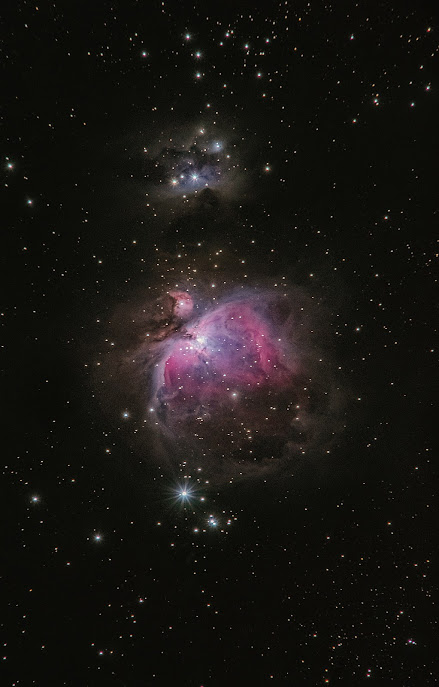We should begin by saying the Universe is huge. At the point when we look toward any path, the uttermost noticeable areas of the Universe are assessed to be around 46 billion light years away. That is a distance across of 540 sextillion (or 54 followed by 22 zeros) miles. Be that as it may, this is truly our most realistic estimation – no one realizes precisely how large the Universe truly is.
That is on the grounds that we can just see similar to light (or all the more precisely the microwave radiation tossed out from the Enormous detonation) has gone since the Universe started. Since the Universe burst into reality an expected 13.8 billion years prior, it has been extending outwards from that point forward. But since we don't have a clue about an exact age for the Universe possibly, it makes it precarious to nail down how far it stretches out past the constraints of what we can see. One property that space experts have attempted to use to assist them with doing this, in any case, is a number known as the Hubble Steady. It's a proportion of how quick the universe is growing at the current time," says Wendy Freedman, an astrophysicist at the College of Chicago who has spent her vocation estimating it. "The Hubble Consistent sets the size of the Universe, the two its size and its age. It assists with considering the Universe like an inflatable being exploded. As the stars and universes, similar to specks on an inflatable's surface, move separated from one another all the more rapidly, the more noteworthy the distance is between them. From our point of view, this means the further away a world is from us, the quicker it is subsiding.








